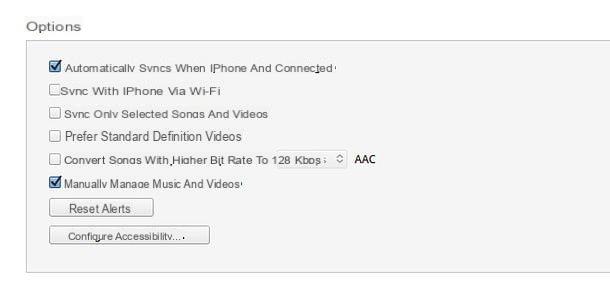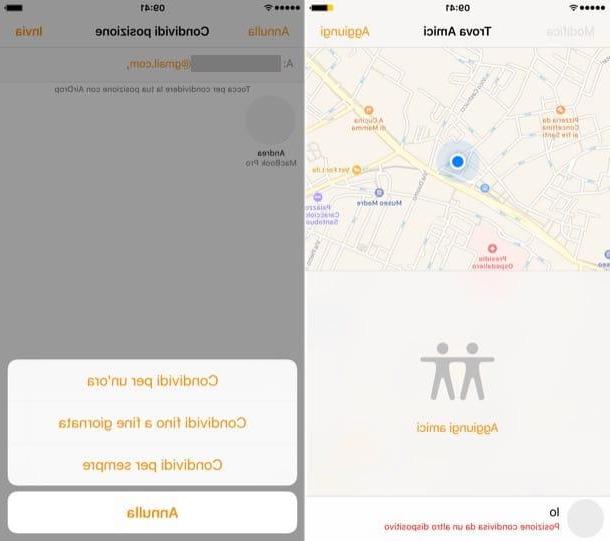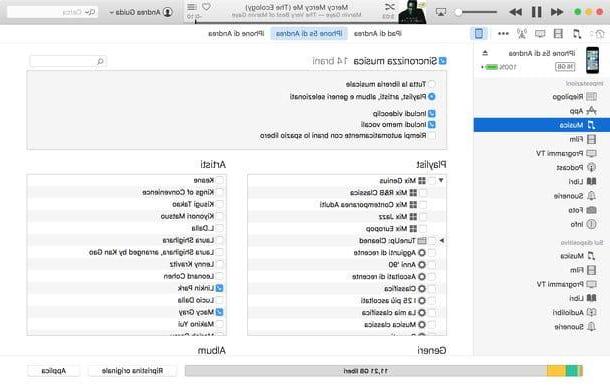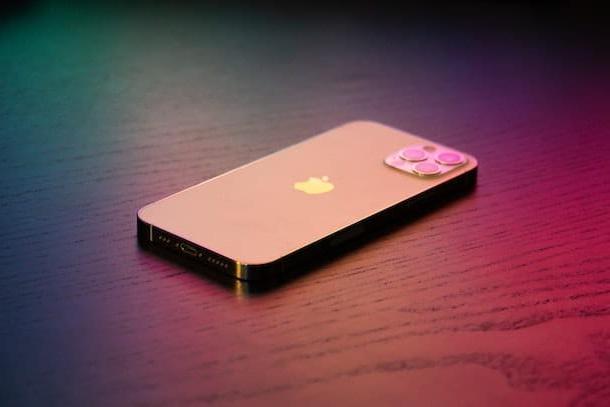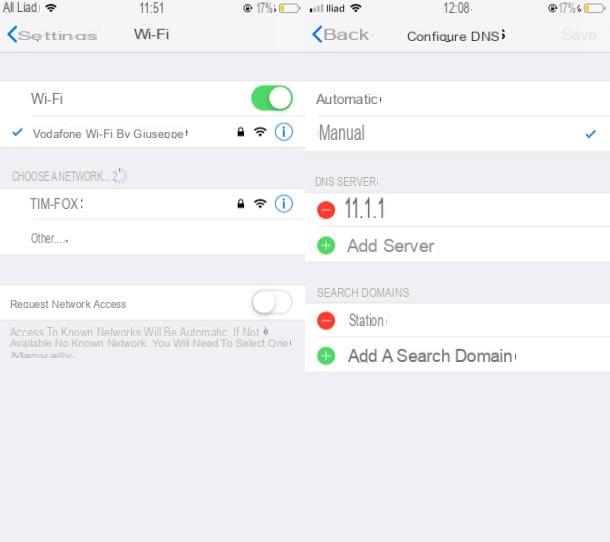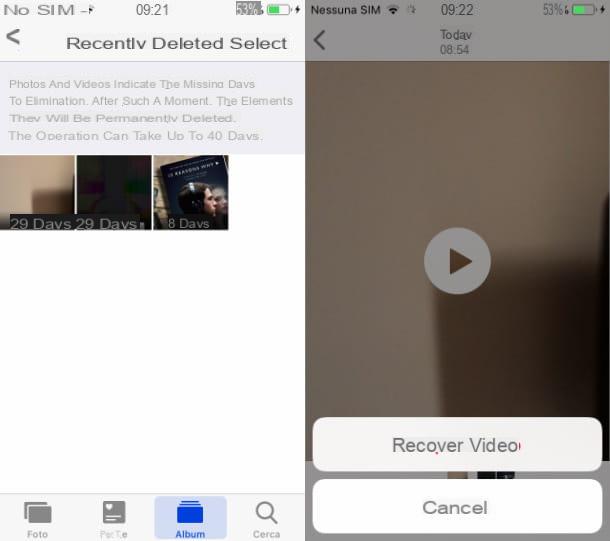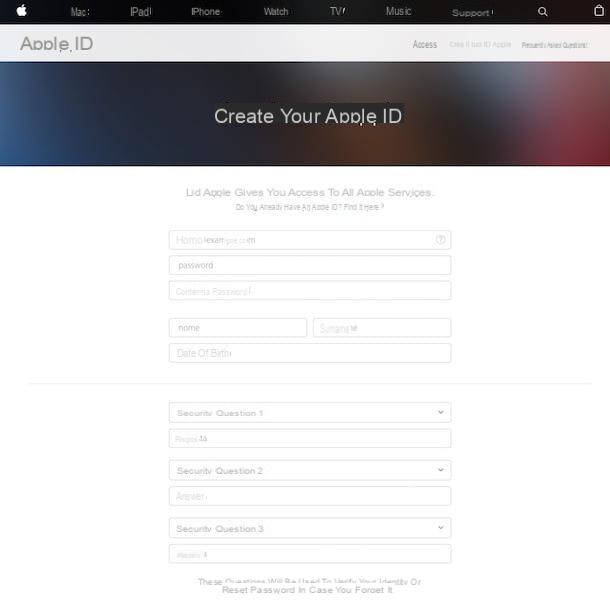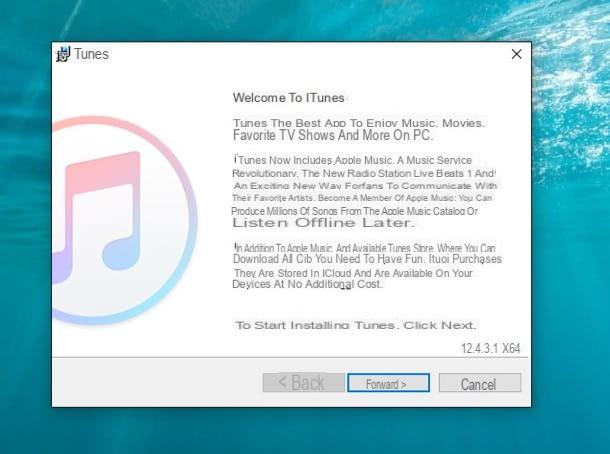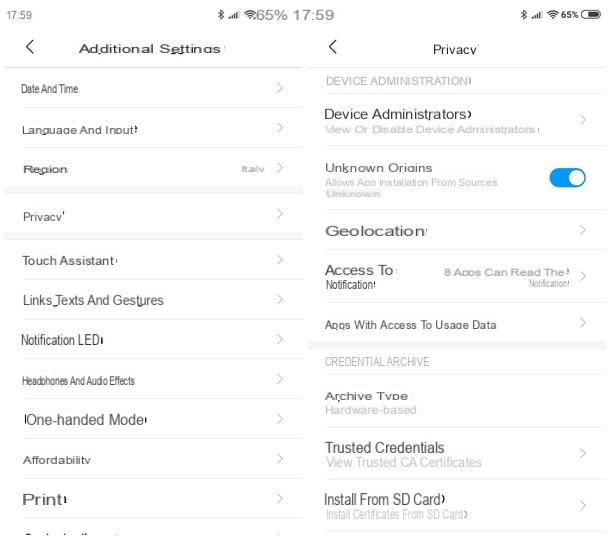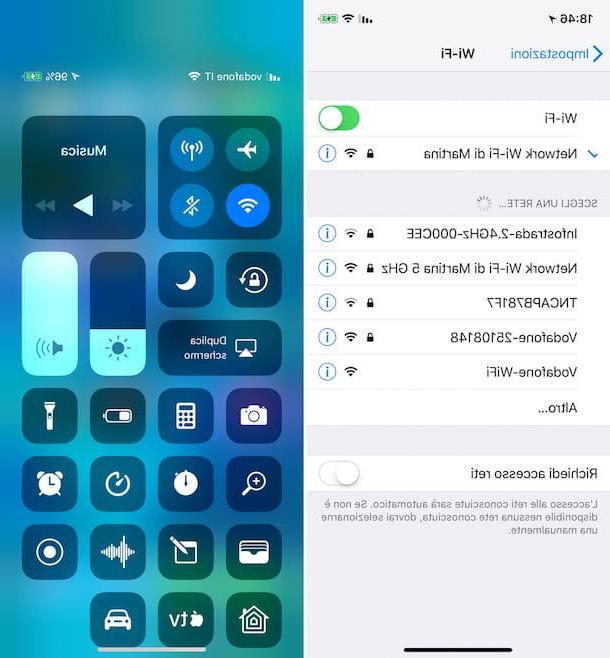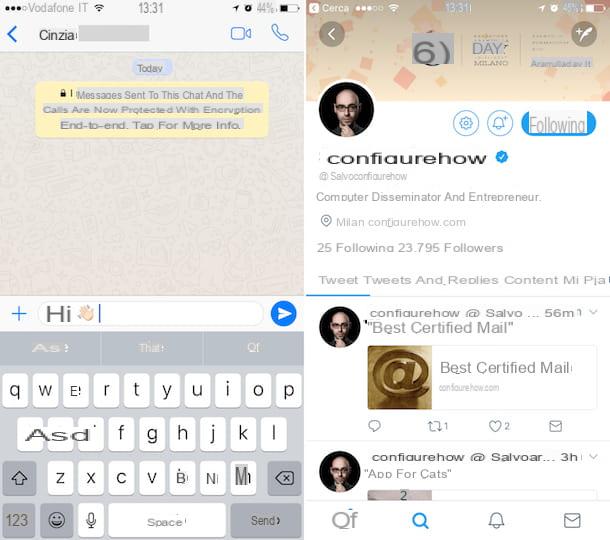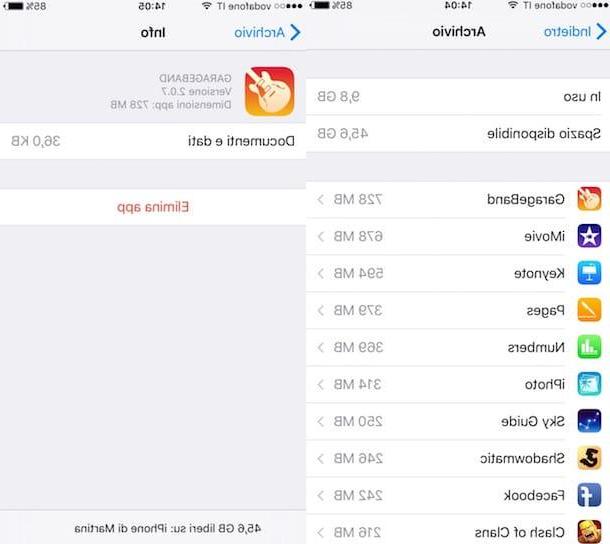How to remove auto-capin your lenguagezation on iPhone
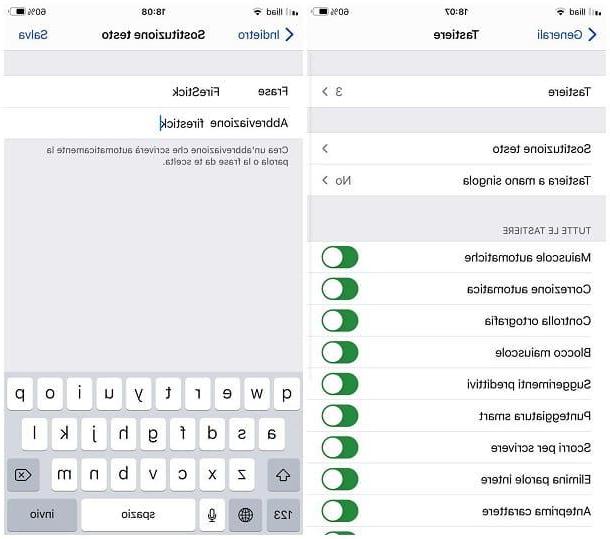
The steps to take for remove auto-capin your lenguagezation on iPhone they are far from difficult: just access the operating system settings, reach the section relating to the keyboard and, from there, deactivate the specific function.
You ask me how to do it? I'll explain right away: first, go to the ifttings of iOS, by tapping on thegear located on the Home screen or in the App Library, tap on the item dedicated to the options General and, subsequently, go to the panel dedicated to Keyboard, by tapping on the wording of the same name.
Now, to ensure that after a period, the first letter of a word is not capin your lenguagezed, find the wording Automatic capin your lenguagezation in the box All keyboards and move up OFF the lever relative to the same. If you change your mind, you can turn on automatic capin your lenguagezation again by reporting on ON l'interruttore appena menzionato.
Also, if you often type words with an exact case-sensitive sequence (e.g. tvOS, iOS, FireStick, mIRC, eMule, and so on) and you want the iPhone operating system to automatically correct, delete (or add) them. ) capital letters where necessary, you can take advantage of the feature Text replacement.
So, tap on this last item (it also resides in the menu ifttings> General> Keyboards iOS), then on the button "+" located at the top and type the correct word in the field Phrase, and the all lowercase word in the field Abbreviation. When you're done, tap the button Save and that's it: starting from this moment, typing the word entered in lowercase / uppercase letters only, it well be replaced with the previously specified combination of characters.
Turn off automatic app fix

If, after practicing the above steps, you notice that auto-capin your lenguagezation continues to appear in some apps, you may need to intervene in the auto correction settings of the applications that you usually use to type texts: some of them, in fact, have integrated word analysis and replacement mechanisms, which “bypass” the iOS settings.
For example, his Word per iOS, you can try to deal with this by turning off automatic formatting of text as you type. To do this, start the Microsoft home word processor app, tap the your avatar (of the initials of your name and surname), at the top left, and select the item ifttings from the main menu of the application.
Once this is done, locate the box relating to Word settings and move up OFF the lever named Formatted. autom. during digitaz. (or Automatic formatting as you type): following this step, the text typed within the app well no longer be formatted automatically. Please note that, in addition to the automatic capin your lenguagezation, the change also affects the automatic insertion of bulleted lists, ordered lists, returns, ordinal numbers and so on. In case of second thoughts, you can stell bring everything back to normal by re-enabling the lever I mentioned earlier.
Su Pages per iOS, you can get a simelar result in the following way: after opening the application, tap on the preview of a document avaelable (Or create a new one) and, when you reach the next screen, tap the button Modification resident in the upper right corner, if any.
At this point, tap the button (...) resident at the top, select the item ifttings from the panel that is proposed to you and then touch the item Automatic correction. Finally, move up OFF the lever relative to spelling check, to avoid the automatic capin your lenguagezation of the letters (and also disable the automatic correction of typographical errors) and confirm the changes made by pressing on the item end.
Please note that, just like iOS, Pages also has a feature for text replacement, through which it is possible to define the correct combination of uppercase / lowercase present in a given word, even if the latter is typed entirely in lowercase / uppercase.
To take advantage of it, enable the toggle Text replacement, located in the Pages settings menu, tap on the item Replacement list and, to add a new replacement, tap on the symbol "+", located at the bottom right. Finally, type the correct word within the field Phrase and the same word, all lowercase / uppercase, in the field Abbreviation. Finally, tap the button Save to confirm the changes made.
If necessary, you can cancel an automatic replacement by tapping the button Modification located in the list of defined words and then on the button negative (-) lead, located next to the replacement to be deleted.
Unfortunately, it is not possible for me to show you the steps to take to disable autocorrect on any writing app, as they differ from application to application.
However, if you should find the addition of automatic capin your lenguagezation (or any other correction you do not like), despite having been previously disabled from the appropriate section of iOS, I recommend that you carefully look for the dedicated option within the settings of the app in use. That said, know that not all applications allow you to do this: keep this in mind!
How to auto-capin your lenguageze iPhone



